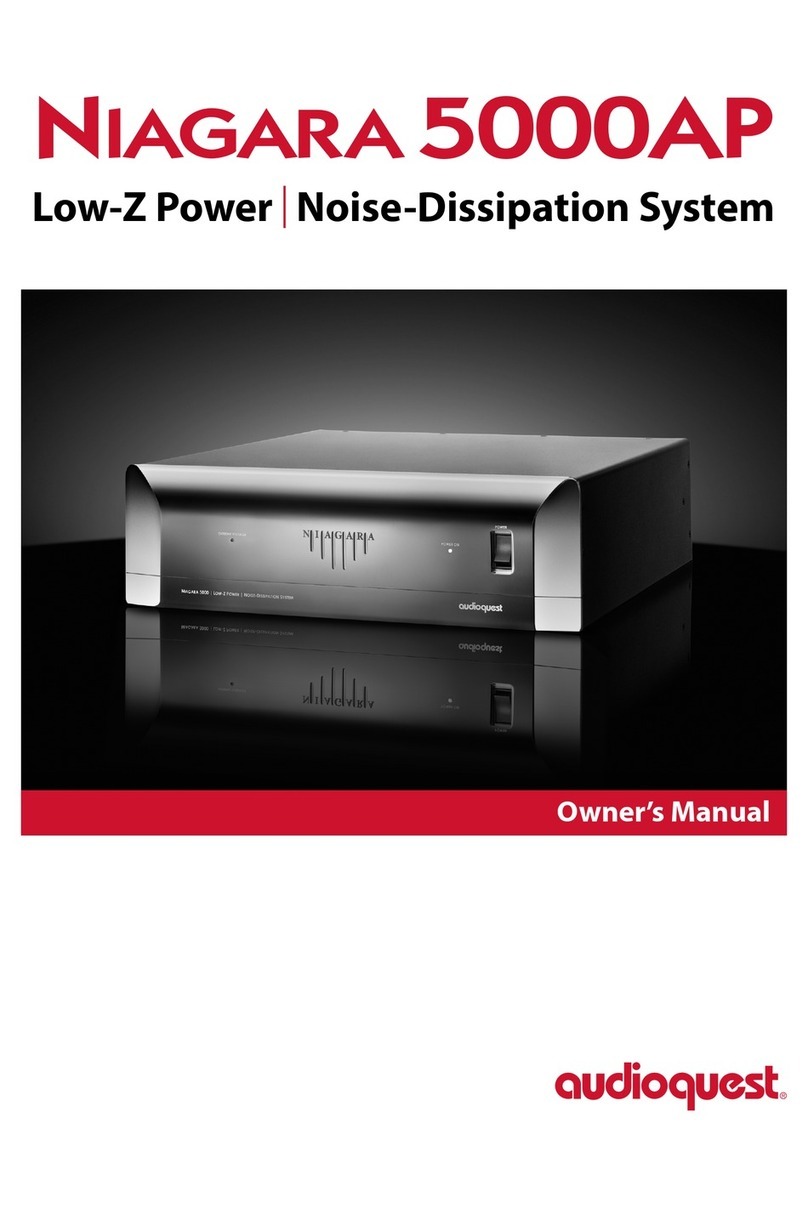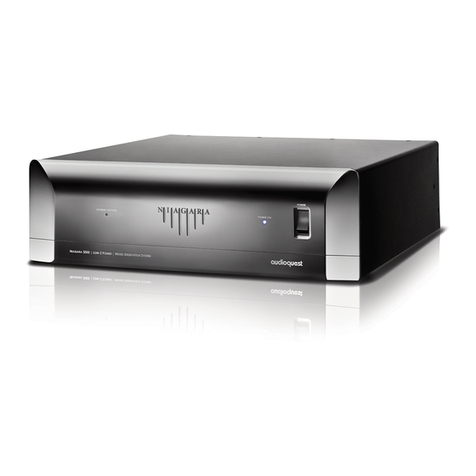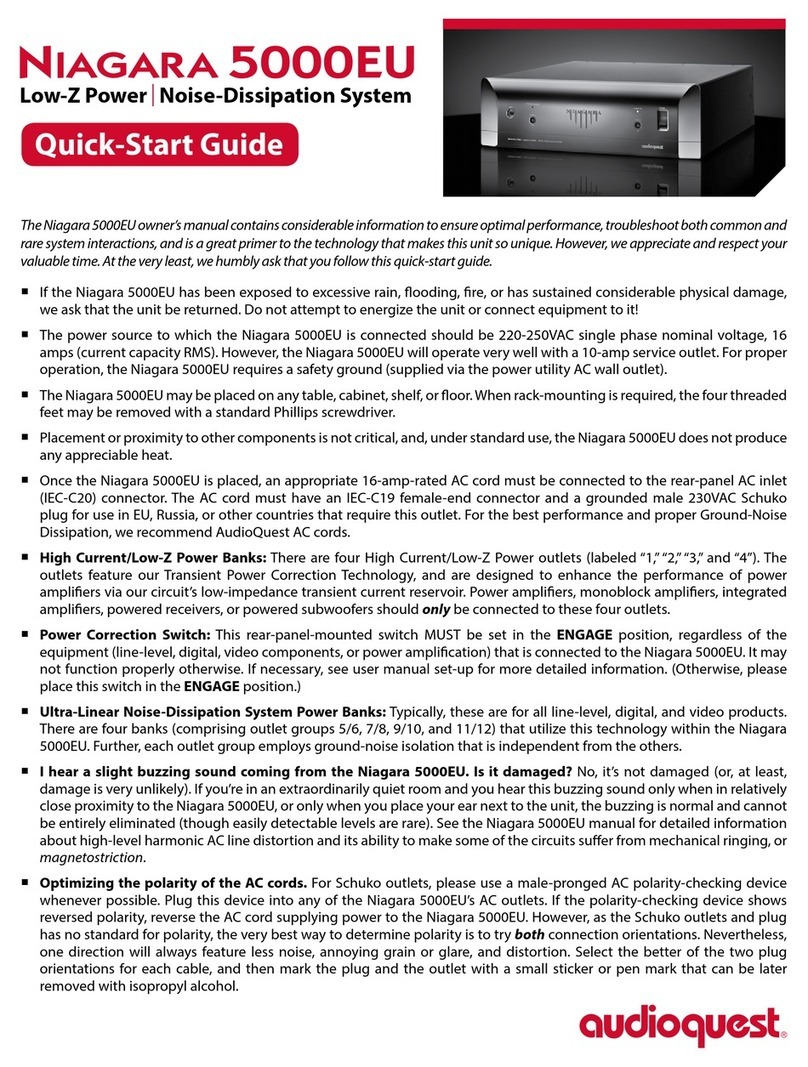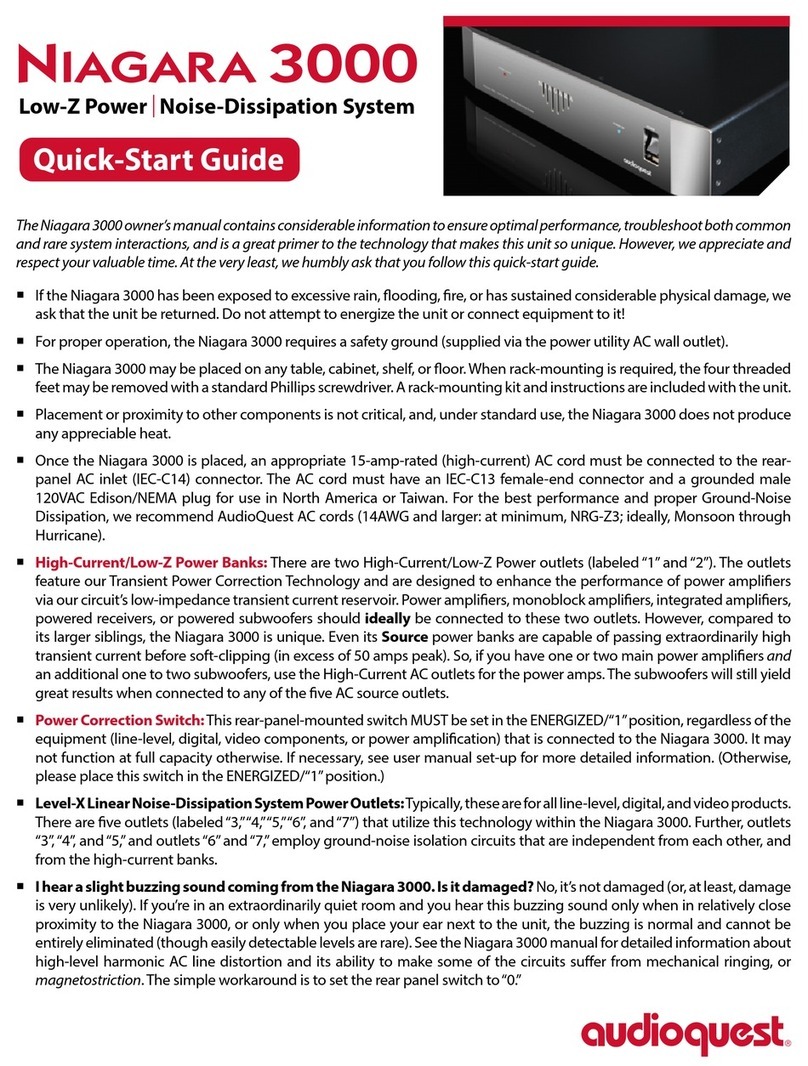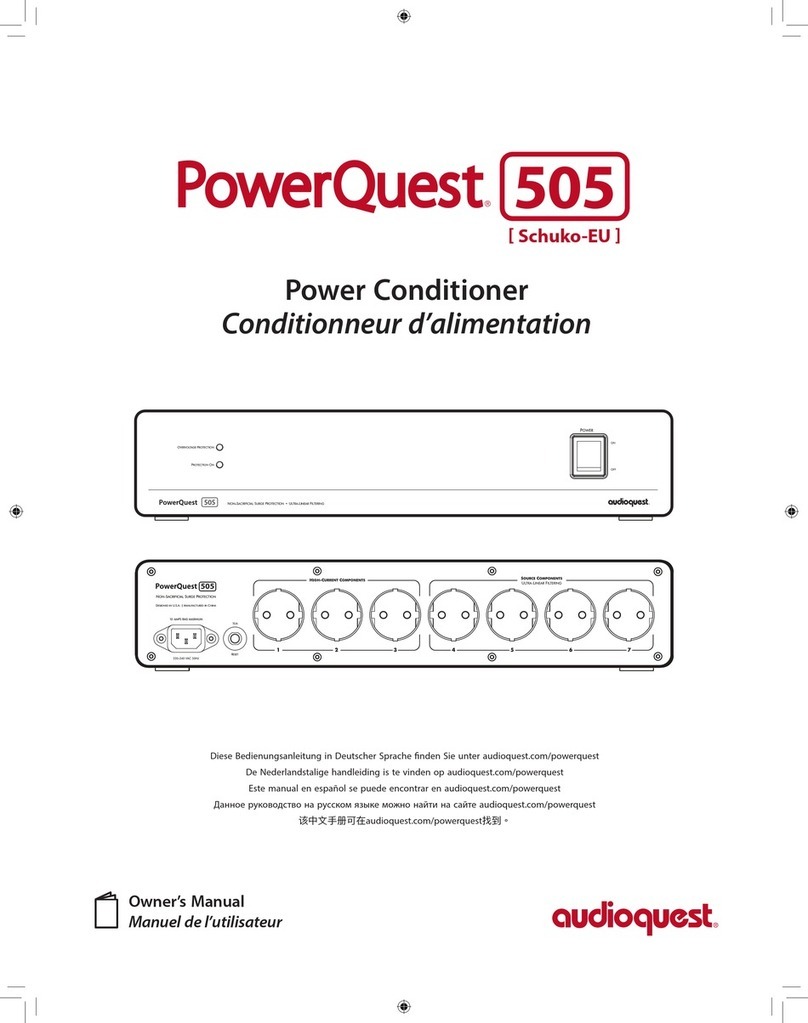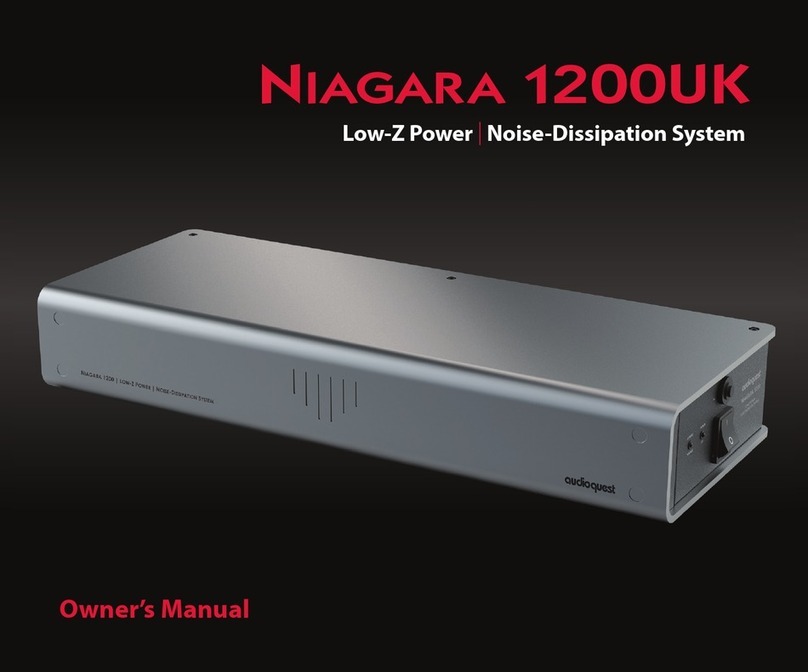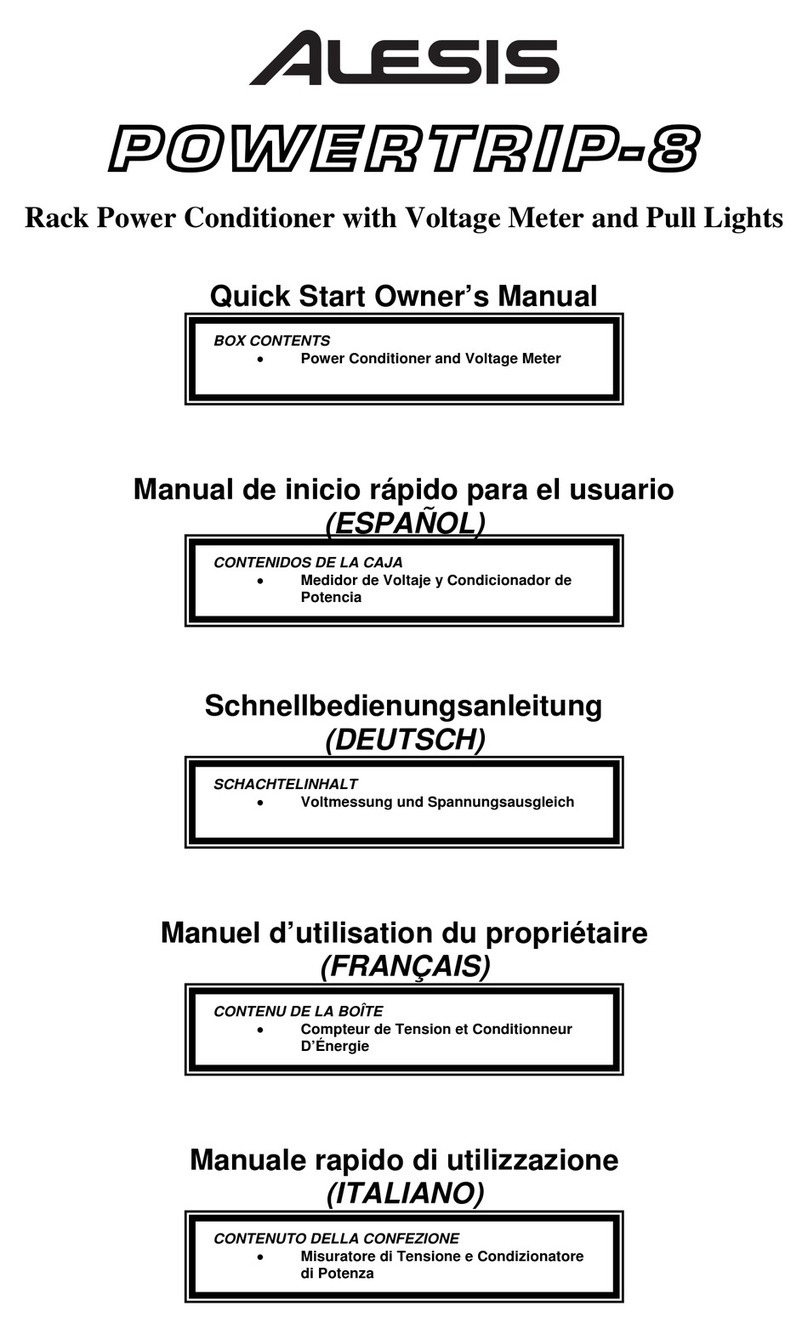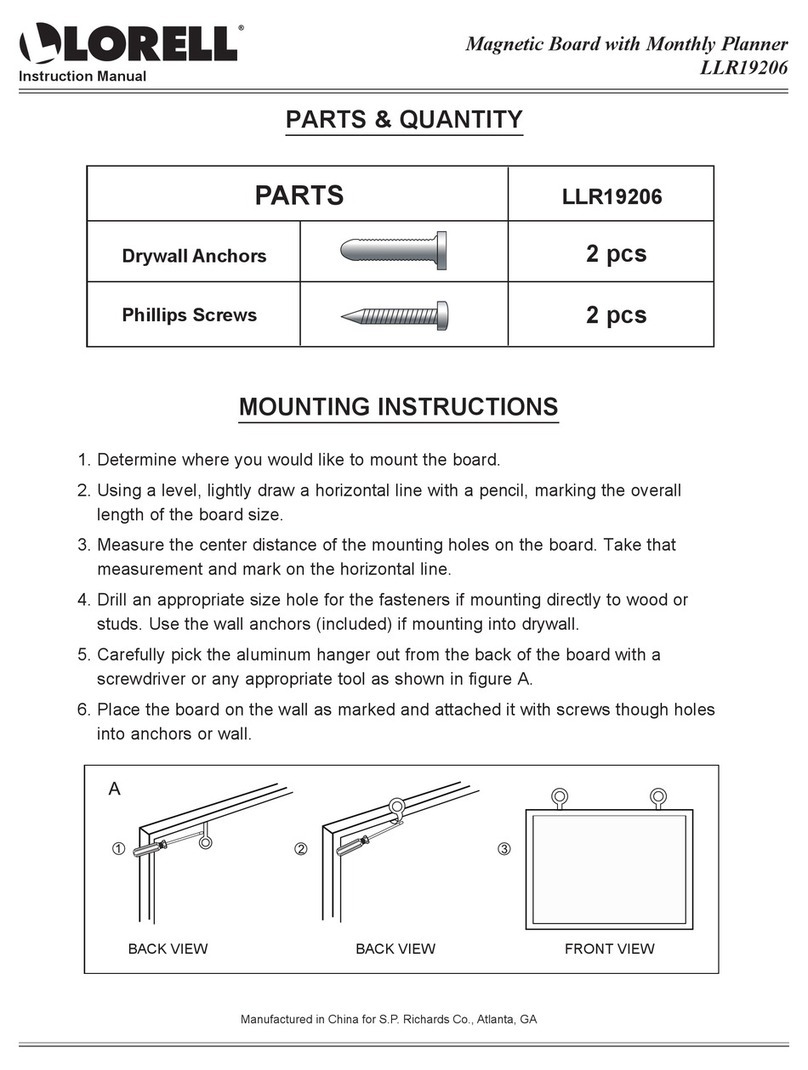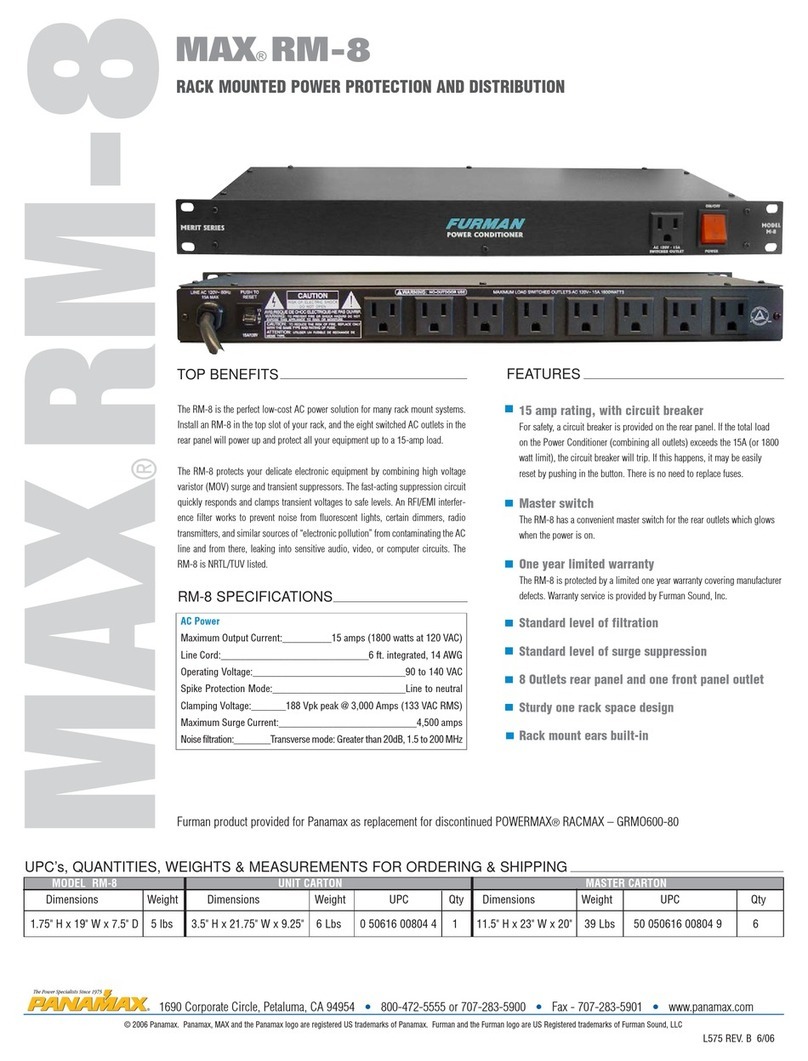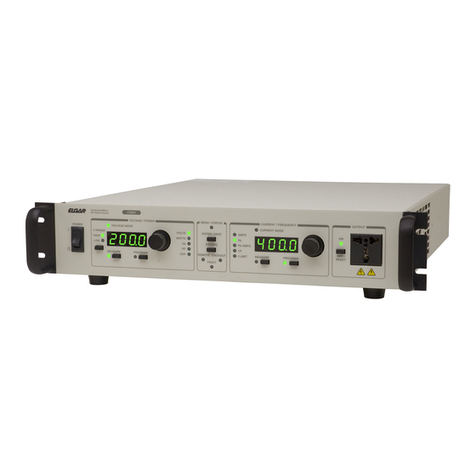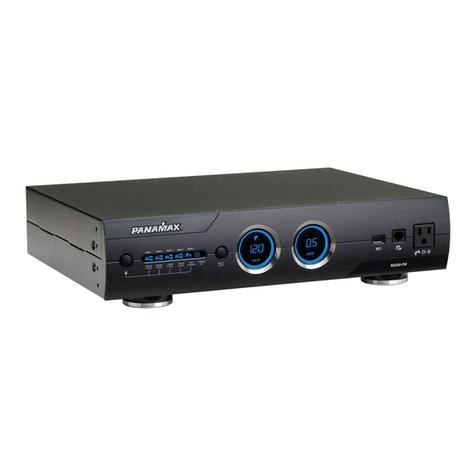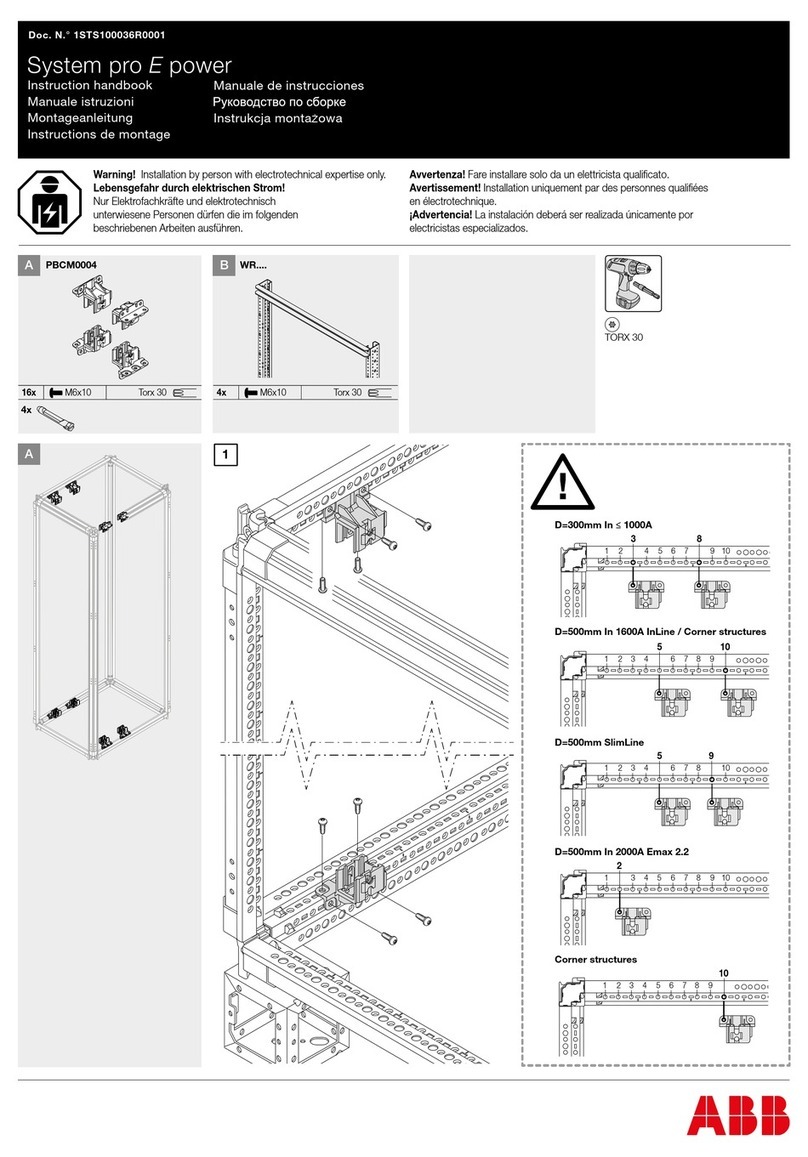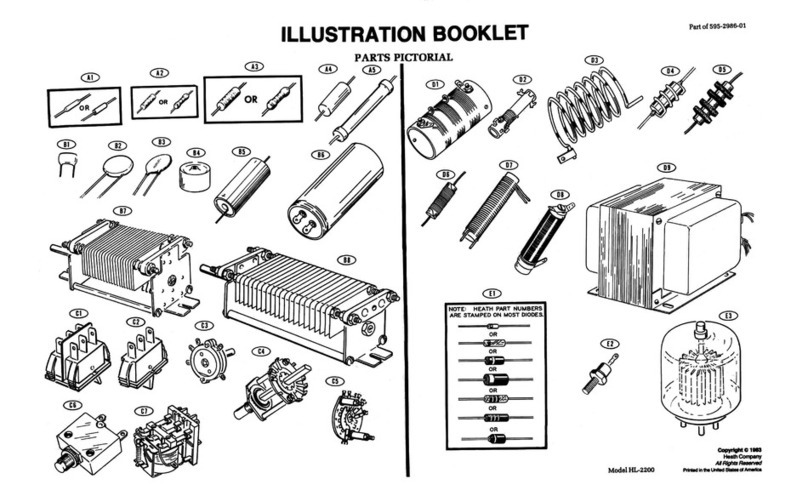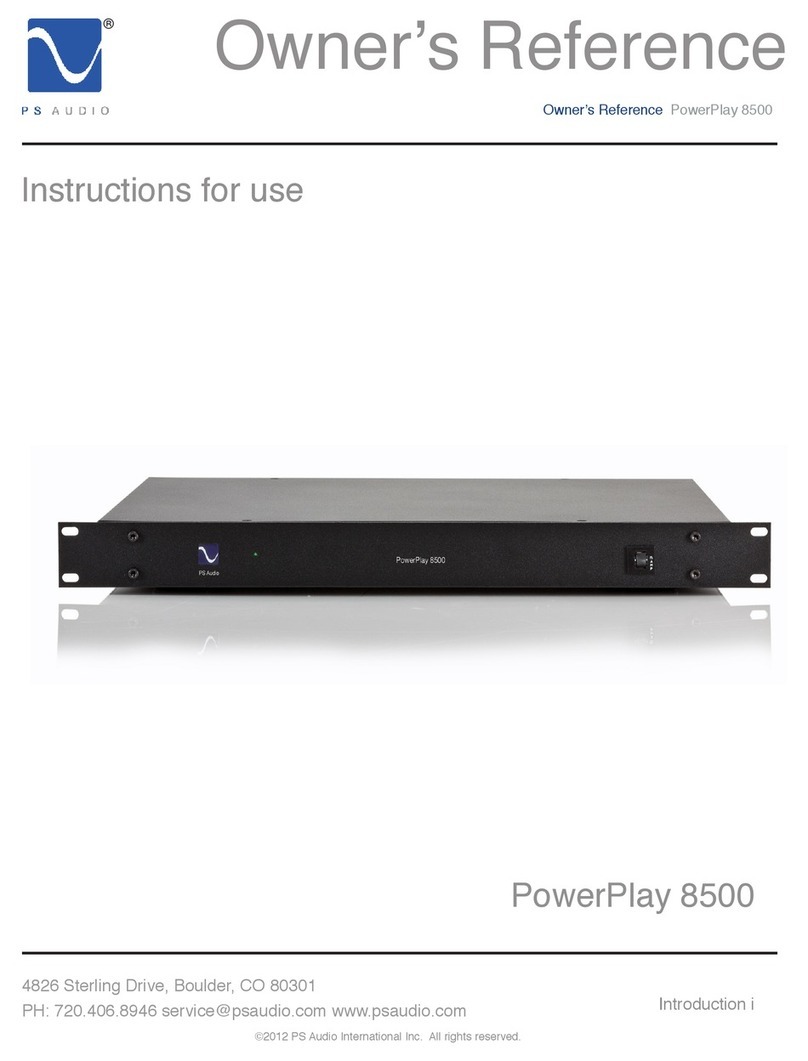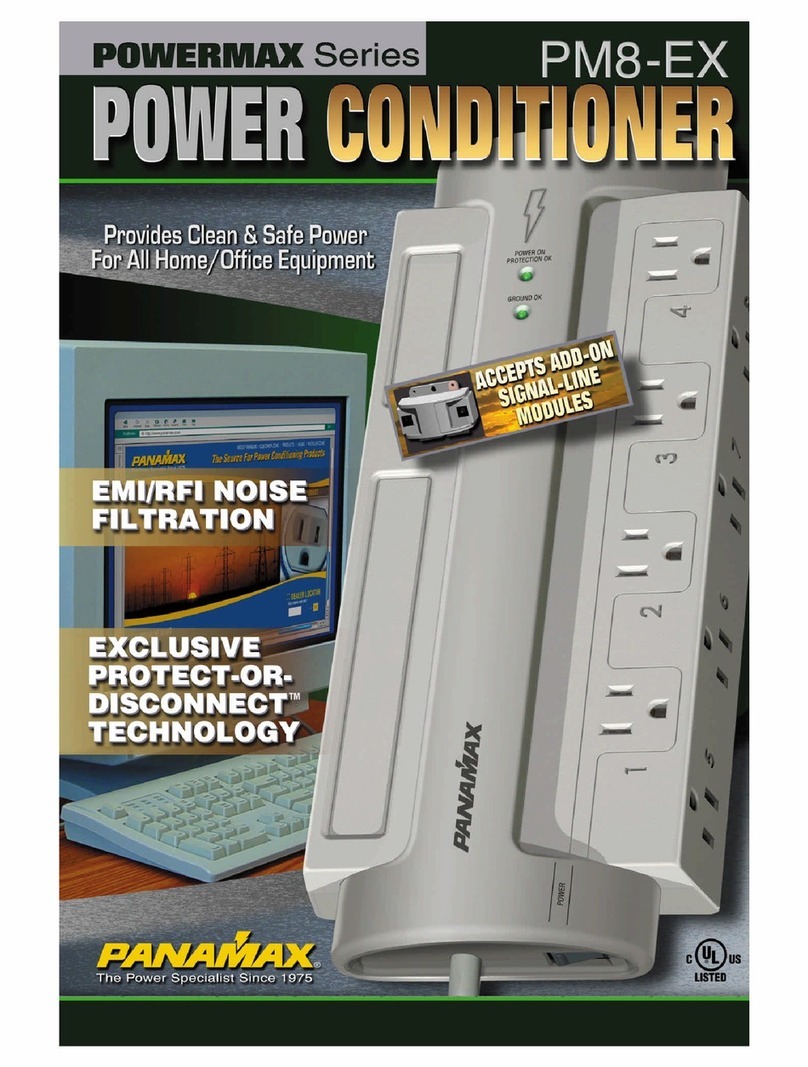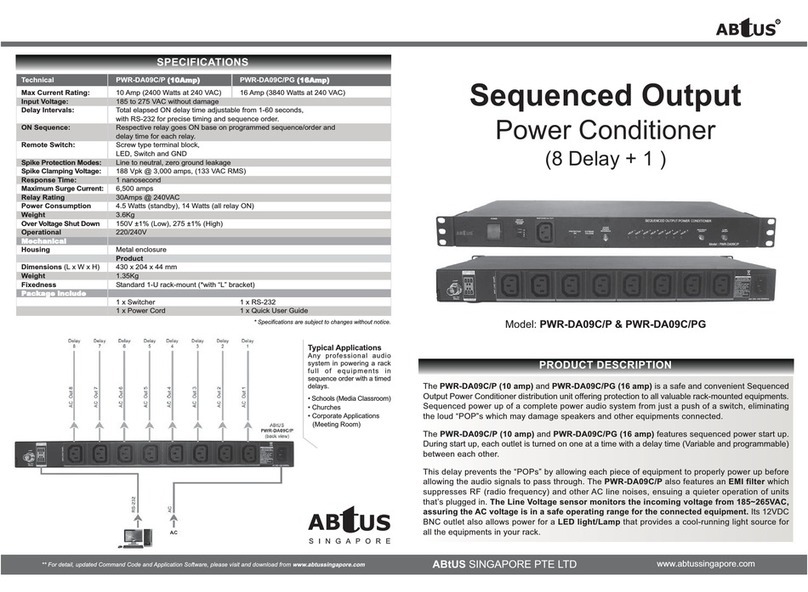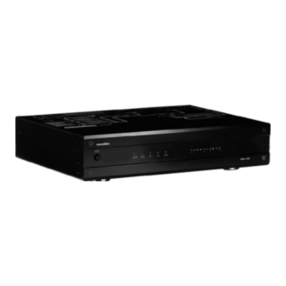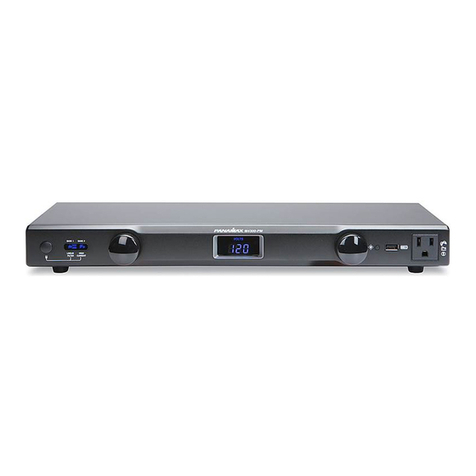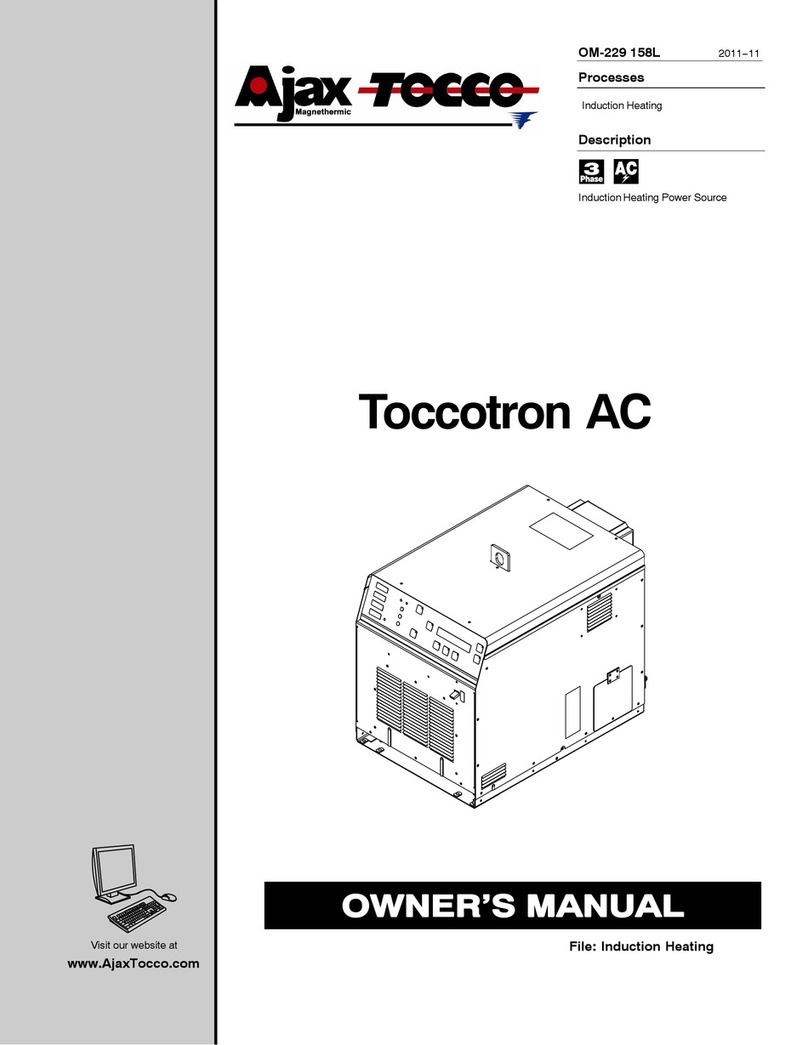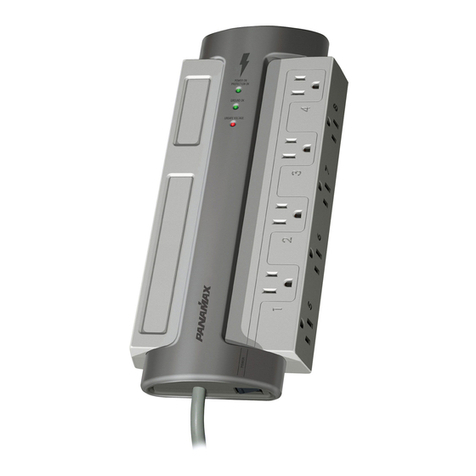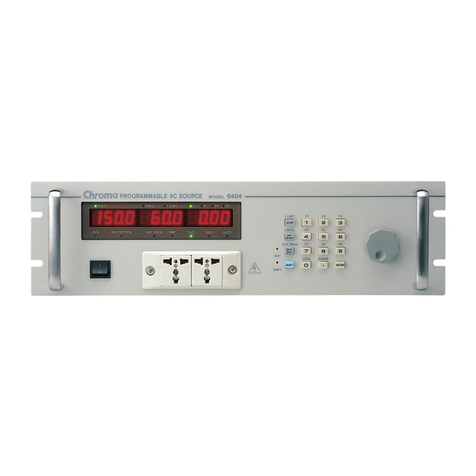32
created for incandescent lights and electric motors—technology that was certainly
never meant to power the sophisticated analog and digital circuits used in premium
audio/video systems. To properly accommodate the promise of today’s ever increasing
bandwidth and dynamic range, we must achieve extraordinarily low noise across a
wide range of frequencies.
Further, today’s power ampliers and receivers are being taxed for instantaneous peak-
current demand, even when they’re driven at modest volumes. Although we have seen
a substantial increase in both dynamics and bass content from our audio software, the
loudspeakers we employ to reproduce them are no more ecient than they were two
to four decades ago. This places great demands on an amplier’s power supply, as well
as the source AC power supplying it.
Our systems’ sensitive components need better alternating current—a fact that has
resulted in a host of AC power conditioning, isolation transformers, regeneration
ampliers, and battery back-up system topologies. Through dierential sample tests
and spectrum analysis, it can be proven that up to a third of a high-resolution (low-
level) audio signal can be lost, masked, or highly distorted by the vast levels of noise
riding along the AC power lines that feed our components. This noise couples into the
signal circuitry as current noise and through AC ground, permanently distorting and/
or masking the source signal.
All sincere attempts to solve this problem must be applauded since once the audio/
video signal is gone, it’s gone forever…
For AudioQuest, honoring the source is never a matter of simply using premium
“audiophile-grade parts”or relying on a proprietary technology—common approaches
used within the audiophile market. For years, we have all been witness to the same,
seemingly endless audiophile debates: Valves versus transistors. Analog versus digital.
Can cables really make a dierence? The debates go on and on. While we, too, can brag
about our many unique technologies, we realize that true audio/video optimization is
never a matter of any one secret or exotic circuit. When it comes to noise dissipation
for AC power, many approaches can yield meaningful results. However, they may also
impart ringing, current compression, and non-linear distortions that are worse than
the disease. The Niagara 1000 uses our patented AC Ground Noise-Dissipation System,
coupled to a sophisticated, directionally optimized, wide bandwidth-linearized noise-
dissipation circuit.
Though it’s easy to boast, it’s quite another thing to create a solution that is consistent,
holistic, functional, and that honors veriable science. It’s not enough to reduce AC
line noise and its associated distortions at just one octave, thus leaving vulnerable
the adjacent octaves and octave partials to noise, resonant peaking, or insucient
noise reduction. Consistency is key. We should never accept superior resolution in one
octave, only to suer from masking eects a half-octave away and ringing artifacts two
octaves from there. This is the principal criterion for AudioQuest’s Low-Z Power Noise-
Dissipation System.
The Niagara 1000 represents over 20 years of exhaustive research and proven AC
power products designed for audiophiles, broadcast engineers, and professional-
audio applications. Every conceivable detail has been addressed: In the Niagara 1000,
you’ll nd optimized radio-frequency lead directionality; run-in capacitor forming
technologies developed by Jet Propulsion Laboratories and NASA; and AC inlet and
outlet contacts with heavy silver plating over extreme-purity copper and beryllium
